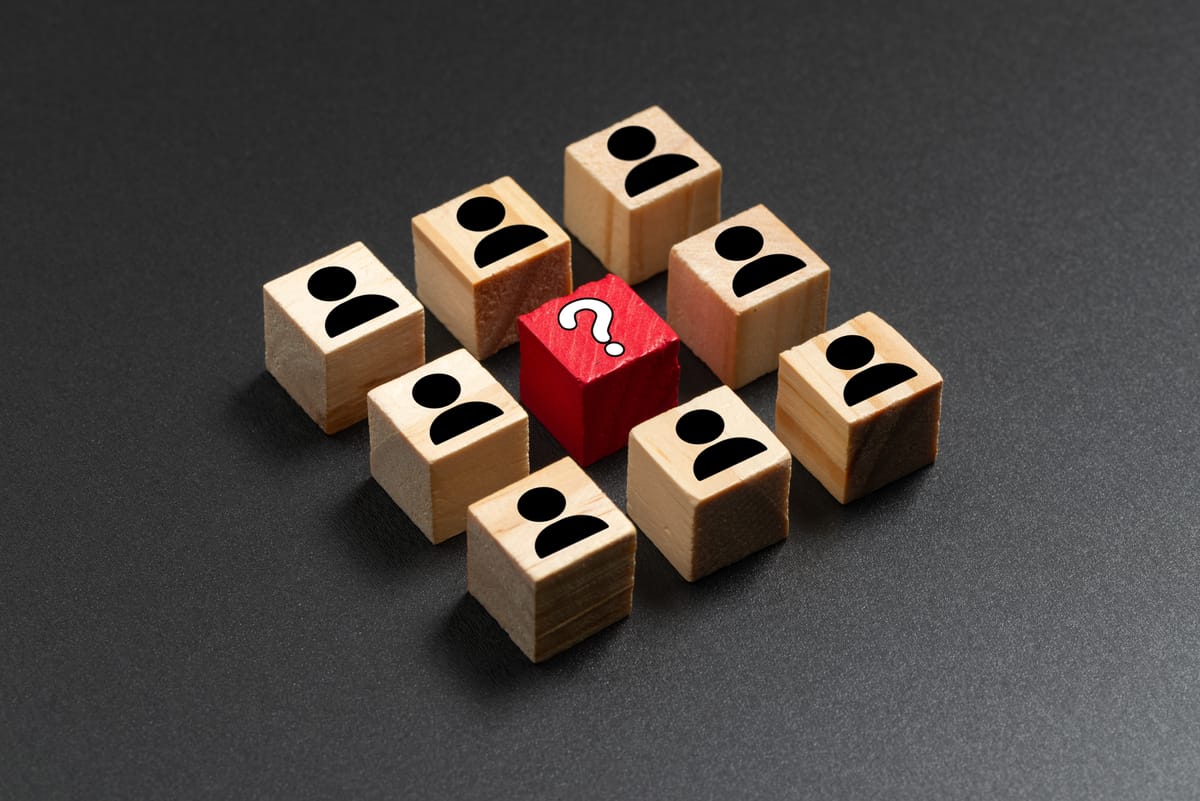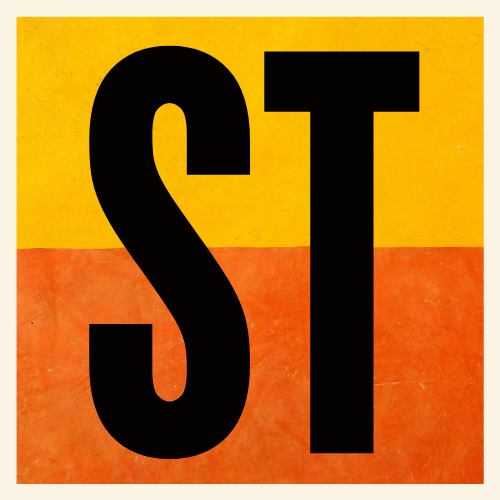Why Manifestation Fails Without Conscious Decision-Making
The clarity of your decisions shapes the quality of your manifestation. Discover how invisible biases can quietly derail your path and learn how to reclaim your inner power.

Cognitive biases quietly hijack your choices and shape the life you manifest. Awareness is the first act of power.
Have you ever considered how your decisions influence your ability to manifest?
It’s a connection most people overlook because it’s subtle. It lacks the glamour of vision boards and the appeal of affirmations. But decision-making is where manifestation actually begins. Quietly. Repeatedly. Invisibly.
Every day, we navigate thousands of decisions, many so automatic we barely notice them.
And yet, these small, subconscious choices shape everything: our habits, our beliefs, our momentum.
According to Nobel laureate Daniel Kahneman, most of these decisions come from what he calls System 1 thinking, fast, instinctive, and emotionally charged.
It’s efficient, but it’s not always accurate. That’s where the trouble begins.
System 1 relies on mental shortcuts, what psychologists call heuristics, to help us process the world quickly. But those shortcuts often lead to cognitive biases that distort our thinking.
And when distorted thinking becomes your default mode, you start making decisions that look logical… but are quietly out of alignment with what you truly want to create.
Now you might be wondering, what do unconscious decisions have to do with manifestation?
The answer: everything.
Because manifestation is not just about what you visualize, it’s about what you choose. And every choice, conscious or not, shapes your reality.
That’s why understanding how you make decisions, what influences you, what derails you, and what defaults you follow without realizing is the hidden lever most people never pull.
The Invisible Hands Guiding Your Choices.
Here’s the hard truth: your decisions aren’t always your own.
You think you’re choosing freely. That you’re evaluating options rationally. But in reality, you’re often being steered gently and silently by biases you don’t even realize are at play.
Let me show you what I mean.
A while ago, I came across a fascinating chart comparing organ donation rates across European countries. Some countries had participation rates close to 90%, while others barely crossed 20%. Culture, religion, and income all seemed similar. So why the huge difference?
It came down to one small detail: the design of the form.
In some countries, people had to opt in to become donors. In others, they had to opt out. The result? Most people simply went with the default choice, whatever was already selected for them. This is what psychologists call the default effect, a close cousin of anchoring bias.
Anchoring bias occurs when the first piece of information you receive becomes your reference point and colors everything that follows.
Let’s bring that into your everyday life.
Imagine you’re shopping for a jacket. You see a $600 price tag, and the salesperson “marks it down” to $400. Feels like a great deal, right? But what if the same jacket was labeled $200, and the salesperson corrected it, “Oops, it’s actually $400.” Suddenly, you hesitate.
Same jacket. Same price. But your decision is entirely different because of the anchor.
This happens constantly in your manifestation journey.
Anchors aren’t just numbers. They’re assumptions.
And unless you question them, you’ll keep making decisions that feel safe… but keep you stuck.
And this is precisely what I teach in my goal-setting program, where one of the first exercises is to dream as big as possible, under specific prompts designed to loosen the grip of your anchoring bias.
Framing: The Story You Don’t Realize You’re Telling Yourself.
If anchoring is about your first reference point, framing is about how the options are presented.
It’s not just what you see, it’s how it’s shown to you.
And in the world of manifestation, this subtle bias often decides whether you go after something… or walk away without even trying.
Let me share a classic example.
A man once asked a priest: “Can I smoke while I pray?”
“No,” came the firm reply.
So he asked a different priest a slightly different question: “Can I pray while I smoke?”
“Yes,” said the second priest. “You can pray at any time.”
Same man. Same habit. Same spiritual intention.
But the answer changed because the question was framed differently.
Now think about how you frame your own desires.
- Do you ask, “Can I afford to leave this job?”
- Or do you ask, “What would it cost me to stay here another year?”
- Do you wonder, “What if I fail?”
- Or ask, “What’s at risk if I don’t try?”
Most of us make decisions based on fear, limitation, or self-doubt. That framing quietly becomes the boundary of what we believe is possible.
In my coaching sessions, I often work with clients who say they feel “stuck.” But the truth is, they’re not stuck. They’re just caught in a bad frame, a mental story that makes bold action look irresponsible or desire feel selfish.
Change the frame, and suddenly, the same desire feels alive again.
It feels true.
How to Break Free from Invisible Decisions.
The first step isn’t to make better decisions. It’s to realize how many decisions you’re already making—without knowing it. You don’t need a checklist. You need a moment of awareness.
So here’s where I’d like you to pause and do something radical:
Bring your next decision into the light. Any decision. Something that’s been circling in your mind lately, big or small.
Now ask yourself:
- What’s anchoring me?
- Is there an old price, belief, memory, or story I’m comparing this to? Am I chasing or avoiding something because of what came first?
- How am I framing this?
- Am I only looking at the risk, not the possibility?
- Am I framing this through fear of loss or potential for expansion?
- Whose voice is in this decision?
- Is this choice coming from my highest self or from someone else’s expectations, old advice, or a need to prove something?
Just three questions, but if you answer them honestly, you’ll start seeing the patterns behind your hesitation, your fear, and even your ambition.
I work deeply on this inside my coaching sessions because until you reframe the way you choose, you’ll keep manifesting results that don’t quite feel like yours.
And remember, you’re not just deciding with logic.
You’re deciding with frequency.
Every decision emits a signal. If you decide from fear, you attract more situations that validate that fear. If you choose from clarity, trust, and alignment… You open the way for what’s truly meant for you.
That’s the real work.
Not forcing outcomes, but aligning your inner world so the outer world starts to respond.
Reflection
- In the world of manifestation, people often chase the big moves, the bold intentions, the quantum leaps, the sudden breakthroughs.
- But the real magic happens in the small, invisible moments when you choose clarity over confusion, alignment over autopilot, truth over comfort.
- You’re not just manifesting with your thoughts. You’re manifesting with your choices. Even the ones you don’t realize you’re making.
So here’s my invitation to you:
- Start noticing what shapes your decisions.
- Pay attention to what you say yes to, what you delay, and what you silently walk away from without ever naming it.
- Because the path to your desires isn’t just paved with vision, it’s paved with decisions, each one a vote for the future you want to live in.
If this resonated with you, I explore these kinds of deep reflections further in my coaching and courses. We untangle old patterns, reframe stuck decisions, and reconnect you to the part of yourself that already knows the way.
Your next level isn’t waiting.
It’s already here, waiting for you to choose it.





